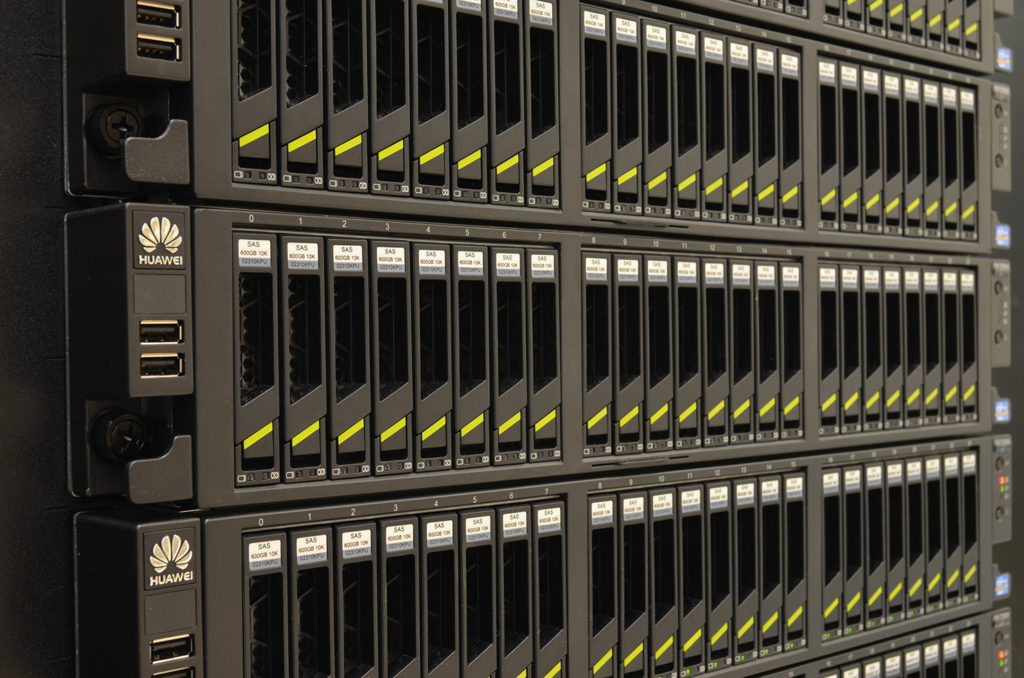
A reader recently asked us about RAID, the data storage technology that combines multiple disk drives into a single unit. There are two main configurations of RAID, each with its own tradeoffs.
Their questions:
Which version of RAID would you recommend? I’ve read RAID-0 is recommended, but then you don’t have data protection. I’m wanting speed as well as protection. Also, I read somewhere that if using RAID, it is best to not write to the array. Do you believe this?
The two main configurations of RAID are RAID-0 and RAID-1.
RAID-0 combines two hard drives as a single drive (for example, two 1TB hard drives would be seen as a single 2TB drive). RAID-0 increases sequential read and write speeds. However, it also doubles your risk of failure, since either drive failing results in you losing all your data.

RAID-0 theoretically up to doubles your read and write speed, but in the real world this isn’t very noticeable. Although transferring huge video files is one place where it would be noticeable, but that is small advantage for introducing added risk with the double chance of failure.
One advantage of RAID-0 is that the operating system sees the whole RAID array as one big hard drive, which makes it a little easier to keep files organized. RAID-0 is worth using only if you’re constantly backing up your data, don’t mind losing your data, or are transferring huge files around all the time and need the extra speed.
RAID-1 duplicates your data across two drives (for example, two 1TB hard drives combining to appear as one 1TB drive). RAID-1 has the same speed advantage as RAID-0 for reading, but no speed advantage for writing. You lose half your space, but if one of the drives fails, you still have all your data and can use the computer like normal. This makes RAID-1 a good option if you are concerned about losing data.

If you’re going to have three or more identical hard drives, RAID-5 becomes an option. RAID-5 is an excellent compromise where you get most of the speed advantage, and most of the protection advantage. One drive can fail and the data remains intact. You also get most of the space. For example, if you have three 1TB drives in RAID 5, you end up with 2TB of usable space, the speed of two 1TB drives in a RAID-0 array, and one of the drives can fail while your data remains intact. Even if you were to lose all of your data due to drives dying, there are fortunately companies out there that offer raid 5 data recovery to support you in retrieving your lost data, so this is probably one of the best options with regards to which RAID system to implement.

I’m not sure where you heard that it’s best not to write to the array. That may refer to some special case or something. Maybe they were talking about if you also have an SSD in the system, where the SSD is much faster than even a RAID array?
If you want to integrate a RAID array into your build, we recommend installing Windows and important programs on an SSD. Just use the HDD for storage. If you want redundancy, add a second drive in RAID-1, or better, back things up regularly to an external HDD.
If you have any more questions about RAID or anything else related to PC hardware, let us know in the comments.